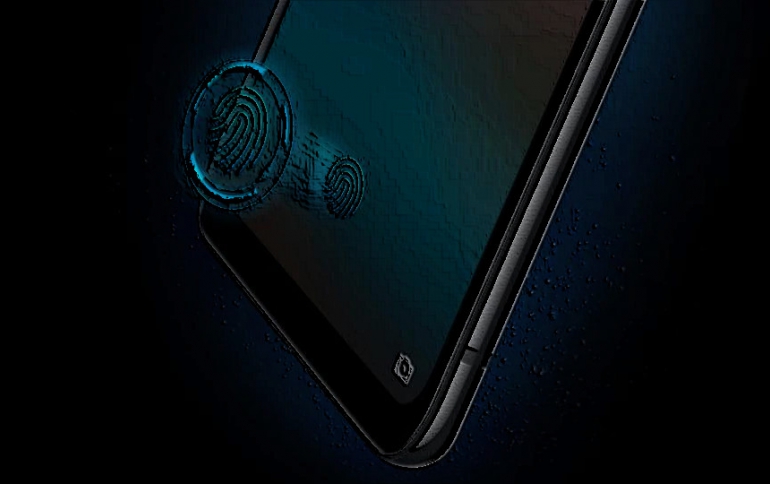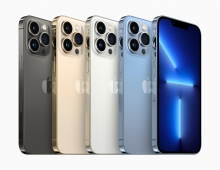
Apple to Add In-Display Fingerprint ID in Future iPhones
Apple is developing in-screen fingerprint technology for as early as its 2020 iPhones, according to Bloomberg.
The technology is in testing both inside Apple and among the company’s overseas suppliers, though the timeline for its release may slip to the 2021 iPhone refresh, said the report.
The fingerprint reader would be embedded in the screen, letting a user scan their fingerprint on a large portion of the display, and it would work in tandem with the existing Face ID system, the report added.
In-display fingerprint readers have this year become ubiquitous among Android rivals to the iPhone, with the latest Samsung, Huawei Technologies Co., Oppo and Xiaomi Corp. flagships all featuring the technology. Its appeal lies in eliminating the need for additional bezel around the display while still retaining biometric security at the front of the device.
Apple introduced fingerprint scanning on iPhones in 2013. Integrated into the iPhone’s home button, the Touch ID system was used for unlocking the device, approving payments and authorizing app downloads -- and it gave Apple a technological edge with its speed and reliability. Touch ID was replaced with face-scanning sensors in 2017 with the iPhone X launch. Branded as Face ID, the new face authentication again put Apple ahead of the competition with a more robust and secure implementation than rivals.
Apple declined to comment.
Apple is also working on its first low-cost iPhone since the iPhone SE. That could come out as early as the first half of 2020. The device would look similar to the iPhone 8 and include a 4.7-inch screen. The iPhone 8 currently sells for $599, while Apple sold the iPhone SE for $399 when that device launched in 2016.
Apple stopped selling new iPhones with Touch ID in 2018 with the launch of the iPhone XR and iPhone XS, saying that Face ID was more secure than fingerprint scanning. With the planned low-cost iPhone and future devices with in-display fingerprint readers, Touch ID will apparently be making a comeback. Apple is also planning an updated Face ID sensor for its new iPhones that will be announced next week.
This year’s new high-end iPhones, to be introduced Sept. 10, will also include upgrades to low-light photography, improved water resistance, shatter-resistant glass technology, faster processors and a new way to charge AirPods. For 2020, Apple is planning a larger iPhone revamp with 5G wireless technology, a faster processor, and rear-facing 3-D cameras for enhanced augmented reality capabilities.





















